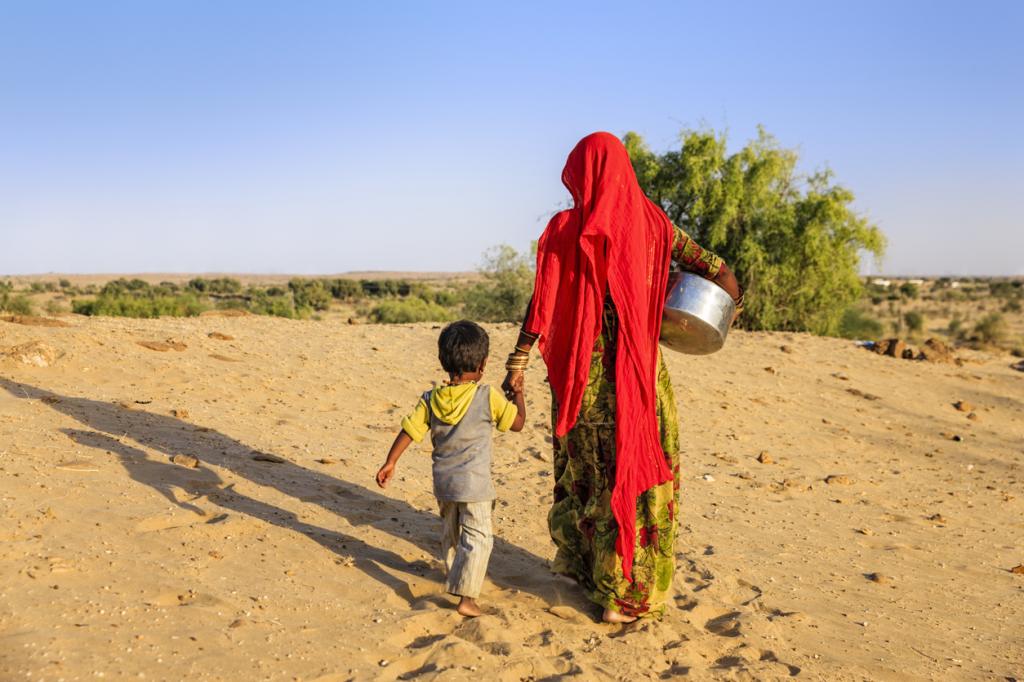IMD reports alarming increase in drought-like conditions across India

IMD reports alarming increase in drought-like conditions across India (Representational Pic)
The Indian Meteorological Department (IMD) has released data indicating a significant rise in drought-like conditions across the country.
From March 14 to April 10, 2024, approximately 125 districts spanning 23 states and Union Territories are experiencing acute dryness, marking a substantial increase from previous years. This represents a 279% surge compared to 2023, when only 33 districts were affected, and a 27% rise from early March 2024, when 98 districts faced similar conditions.
According to IMD’s Standardized Precipitation Evapotranspiration Index (SPEI) data, which considers temperature impacts on water demand, states such as Andhra Pradesh, Arunachal Pradesh, Gujarat, Haryana, Himachal Pradesh, Jammu & Kashmir, Karnataka, Maharashtra, Uttarakhand, and Tamil Nadu are among the worst-hit regions. Many districts in these areas are experiencing dry to extremely dry conditions, with SPEI values below -1 indicating severe rainfall deficits and meteorological droughts.
Senior IMD scientist Rajib Chattopadhyay explained that districts with SPEI values below -1 are categorized as ‘dry,’ signifying increased water demand due to elevated temperatures. Conversely, only 16 districts in states like Arunachal Pradesh, Bihar, Chhattisgarh, Odisha, and West Bengal are experiencing wet conditions, with SPEI values greater than +1 indicating rising wetness.
An SPEI map reveals extensive areas in central, western, and southern India displaying shades of yellow, red, and orange, indicating varying degrees of dryness severity. These regions are witnessing heightened evapotranspiration rates, which refer to the combined processes of evaporation from the Earth’s surface and transpiration from plants. The warmer temperatures exacerbate evaporation rates from soil, water bodies, and plant surfaces, contributing to the current dry spell across the affected areas.







